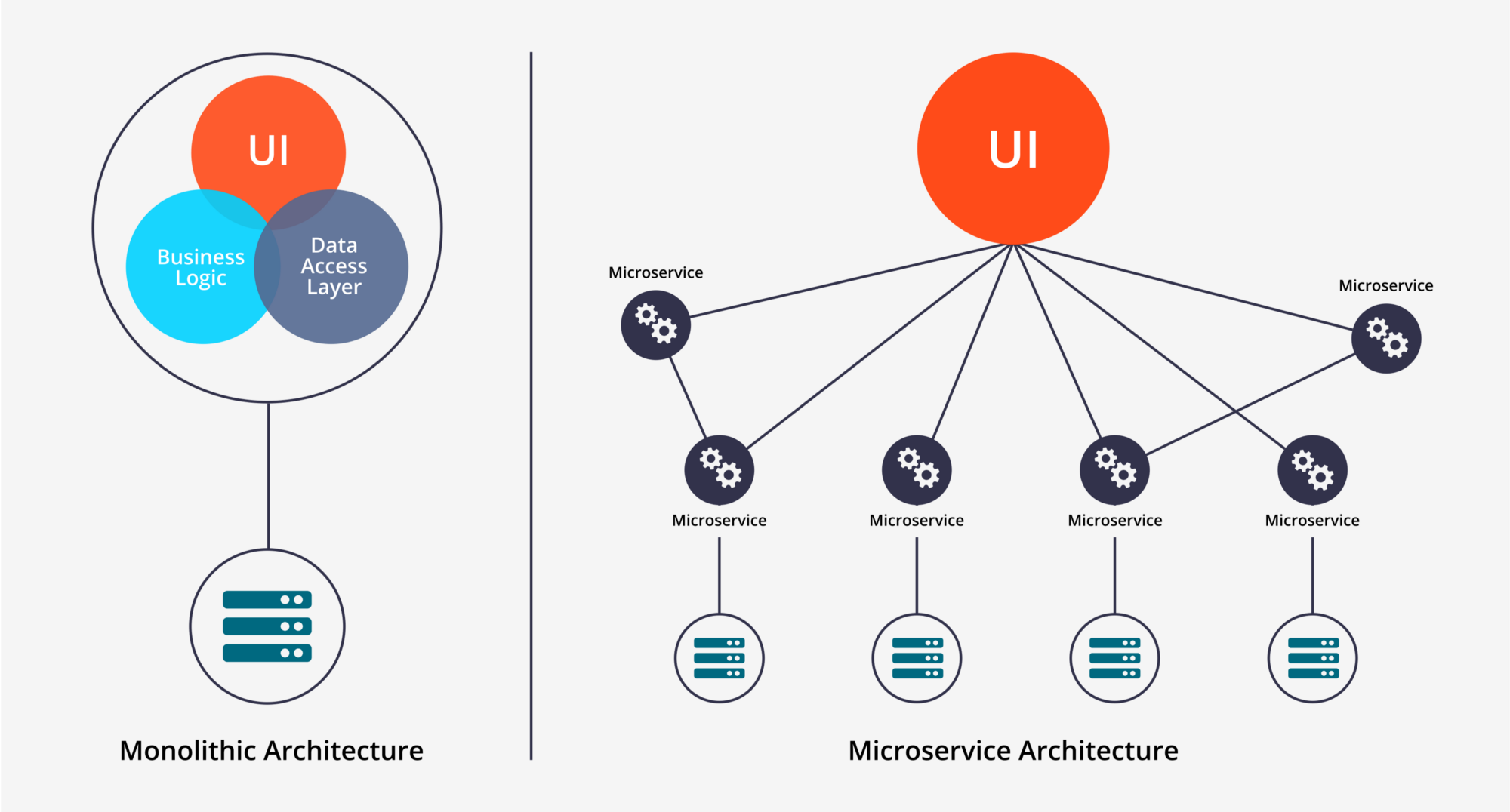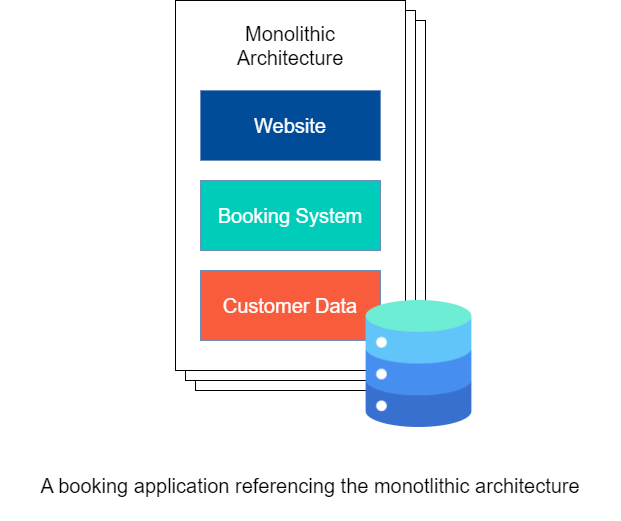Cloud Native Adoption
Business and Technical Considerations
Adopting cloud-native practices means consideration alot of factors, specifically business and technical keypoints, which would need to be assessed by all the stakeholders.
From a business perspective, the adoption of cloud-native tooling represents:
- Agility - perform strategic transformations
- Growth - quickly iterate on customer feedback
- Service availability - ensures the product is available to customers 24/7
From a technical perspective, the adoption of cloud-native tooling represents:
- Automation - release a service without human intervention
- Orchestration - managing thousands of services with minimal effort
- Observability - ability to independently troubleshoot and debug each component
Design Considerations
It is necessary to allocate time at the start to identifying the design factors ensure that the application will be built and maintained with minimal engineering effort.
-
List all requirements In this phase, we determine the following:
- Stakeholders - who will sponsor the project?
- Functionalities - what functions should be included?
- End users - For whom is this service?
- Input and Output Process - What will be the flow?
- Engineering Teams - Who are needed in doing the project?
-
List all available resources Here we determine what is the context of implementing these functionalities.
- Engineering resources - Who can work on the project?
- Financial resources - How much is the budget?
- Timeframes - How soon do we want the project to finish?
Deciding the Model
After the requirements are carefully reviewed, we can now start deciding which model we'll use: monoliths or microservices.

Typically, there will be three tiers in an application:
- UI (User Interface) - handles HTTP requests and responses
- Business logic - contains code that provides service to the users
- Data layer - implements access and storage of data objects
In a monolithic architecture, application tiers can be described as:
- part of the same unit
- managed in a single repository
- sharing existing resources (e.g. CPU and memory)
- developed in one programming language
- released using a single binary

In a microservice architecture, application tiers can be described as
- Tiers are managed independently
- Managed in a separate repository
- Own allocated resources (e.g. CPU and memory)
- Well-defined APIs for connecting to other units
- Implemented using the programming language of choice
- Released using its own binary
The main point of microservices is to break the software into smaller chunks, allowing developers to work on a piece of the code and release on their own cycle, which in turn speeds up development. This kind of architecture also enables the software to scale independently.

Tradeoffs
Depending on which model we choose, each one will have their own set of tradeoffs:
| Tradeoffs | Description | Monoliths | Microservices |
|---|---|---|---|
| Development Complexity | Effort required to deploy and manage an application. | ▪️ One programming language ▪️ One repository ▪️ Sequential development | ▪️ Multiple programming languages ▪️ Multiple repositories ▪️ Concurrent development |
| Scalability | Scaling up or down, based on incoming traffic. | ▪️ Entire stack is replicated ▪️ High resource consumption | ▪️ Single unit is replicated ▪️ On-demand resource consumption |
| Time to Deploy | Time needed to build a pipeline for shipping features. | ▪️ One pipeline for entire stack ▪️ Higher risk per deployment, lower velocity | ▪️ Multiple pipelines for separate units ▪️ Lower risk per deployment, higher velocity |
| Flexibility | Ability to adapt to new tech and functionalities. | ▪️ Low rate ▪️ Entire stack may need restructuring for new features | ▪️ High rate ▪️ Changes to independent units are straightforward |
| Operational Cost | Cost of resources required to release and maintain the product. | ▪️ Low initial cost ▪️ Single codebase and pipeline to manage ▪️ Cost increases significantly at scale | ▪️ Higher initial cost ▪️ Multiple repositories and pipelines ▪️ Scaling cost proportional to consumed resources |
| Reliability | Practices for recovery and tools to monitor the application. | ▪️ Entire stack recovers together ▪️ Low visibility into individual functionality logs and metrics | ▪️ Only failed unit needs recovery ▪️ High visibility into logs and metrics for each unit |